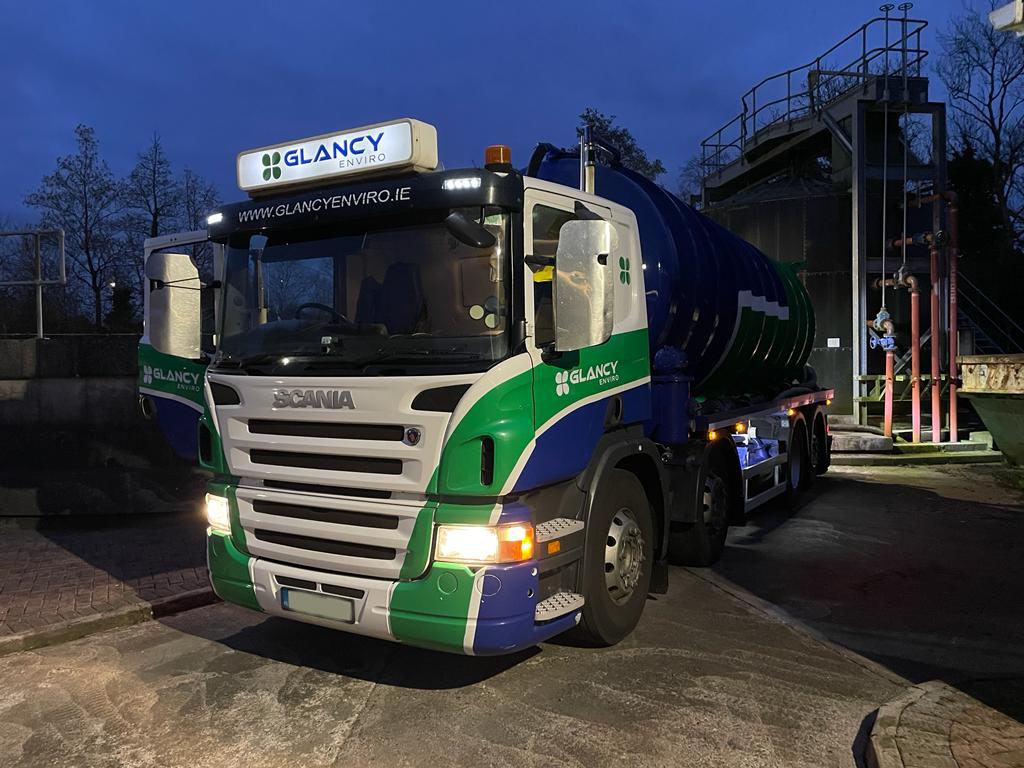The Ultimate Guide To Reclaim Waste
Table of ContentsExcitement About Reclaim WasteReclaim Waste for Dummies5 Simple Techniques For Reclaim WasteThe Only Guide for Reclaim WasteGetting The Reclaim Waste To Work
Discover the kinds, occurrences, and forms of liquid waste. Residential sewer waste refers to the waste and items from a household septic tank. This kind of waste is produced by human beings in homes, schools, and various other structures. This only includes septic containers that have a drain field. The correct administration and disposal of domestic sewer waste need fluid waste to be transferred to a sewage treatment plant where the proper approaches and tools are put on detoxify and throw away waste.
Industrial waste frequently consists of potential threats, such as flammable products or a mix of fluid and strong waste items, and needs an advanced and comprehensive disposal process. The disposal of commercial waste commonly involves the filtration of waste prior to transportation to guarantee safe and appropriate disposal. Hazardous waste is created from byproducts and overflow of commercial procedures and production.
This kind of waste can not utilize the same sewer monitoring transportation or procedures as septic or industrial liquids. The commercial waste administration procedure calls for the evaluation and testing of liquid waste prior to it goes through the disposal process (industrial wastewater treatment). Runoff waste is the liquid waste that comes from drainage and excess stormwater in extremely populated locations or cities
Overflow waste can trigger contamination and flooding if not taken care of correctly. Making certain appropriate waste administration can avoid catastrophes and minimize environmental damage.
An Unbiased View of Reclaim Waste
Get in touch with PROS Services today to find out regarding our waste management and disposal solutions and the proper methods to look after the fluid waste you produce.
(https://reclaim-waste.jimdosite.com/)This supposed 'wastewater' is not just a vital source but, after treatment, will be released to our land, waterways or the ocean. Used water from commodes, showers, baths, kitchen sinks, washings and industrial processes is recognized as wastewater.

water made use of to cool down machinery or tidy plant and equipment). Stormwater, a type of wastewater, is runoff that streams from farming and city areas such as roof coverings, parks, yards, roadways, paths and rain gutters into stormwater drains pipes, after rain. Stormwater moves neglected straight to local creeks or rivers, ultimately reaching the sea.
Getting The Reclaim Waste To Work
In Queensland, most wastewater is treated at sewer therapy plants. Wastewater is transported from residential or industrial sites with a system of sewage systems and pump terminals, recognized as sewerage reticulation, to a sewer therapy plant. Regional governments construct, keep and run most sewer treatment plants. Operators are licensed under the Environmental Protection Act 1994 to discharge treated wastewater at an acceptable environmental standard right into rivers.
The Department of Natural Resources suggests regional federal governments regarding managing, operating and maintaining sewerage systems and therapy plants. In unsewered locations, city governments might need homeowners to set up specific or family sewage treatment systems to treat domestic wastewater from commodes, cooking areas, restrooms and laundries. The Division of visite site Natural Resources authorises the use of family systems when they are proven to be effective.
Many stormwater gets no treatment. In some new neighborhoods, therapy of some stormwater to remove litter, sand and crushed rock has actually started utilizing gross pollutant traps. Wastewater treatment occurs in 4 phases: Gets rid of solid issue. Larger solids, such as plastics and other objects mistakenly discharged to sewage systems, are gotten rid of when wastewater is passed with displays.
Wastewater after that streams right into large containers where solids settle and are gotten rid of as sludge. Grease and scum are skimmed from the surface area. Makes use of small living organisms referred to as micro-organisms to break down and eliminate remaining liquified wastes and fine bits. Micro-organisms and wastes are included in the sludge. Removes nitrogen and phosphorus nutrients that could create algal blossoms in our waterways and threaten water life.
The Buzz on Reclaim Waste
Nutrient removal is not offered in all sewage therapy plants due to the fact that it calls for pricey specialised equipment. It is becoming a lot more usual in Queensland. Clear fluid effluent generated after therapy might still have disease-causing micro-organisms. If this effluent is launched into rivers such as rivers or the sea, the micro-organisms will at some point die out.

A lot of wastewater flows right into the sewage system. Under the Act, local federal governments administer authorizations and licences for ecologically relevant tasks (Ages) involving wastewater launches that may have a local influence.
The smart Trick of Reclaim Waste That Nobody is Discussing
Surveillance offers accurate info concerning water high quality and can confirm that licence conditions are being satisfied. The info obtained via monitoring provides the basis for making water top quality decisions.